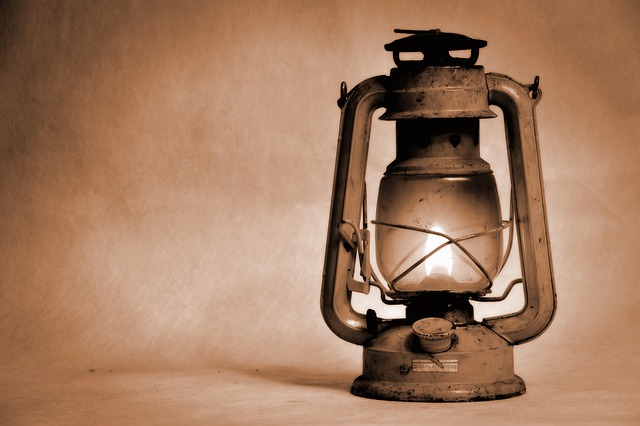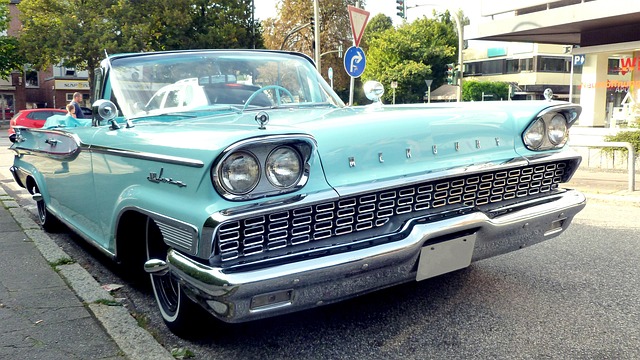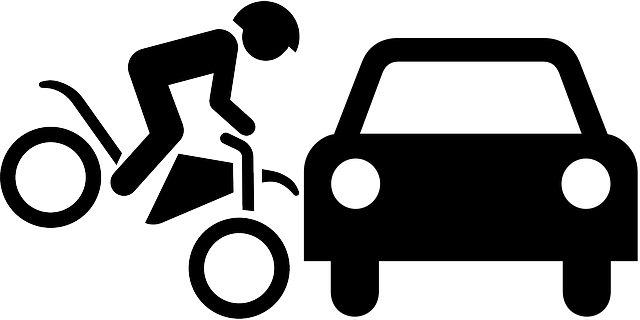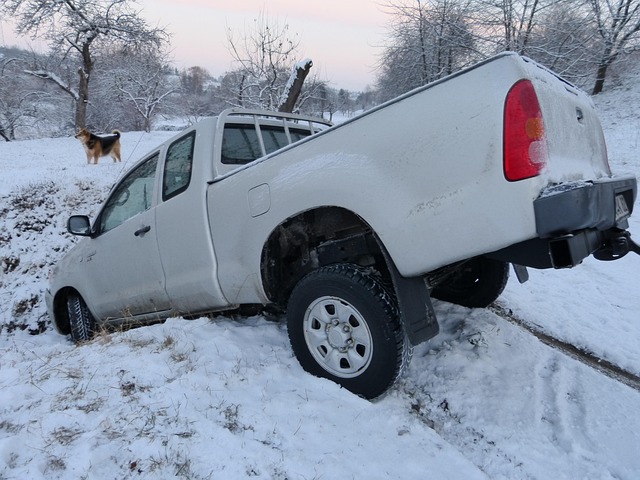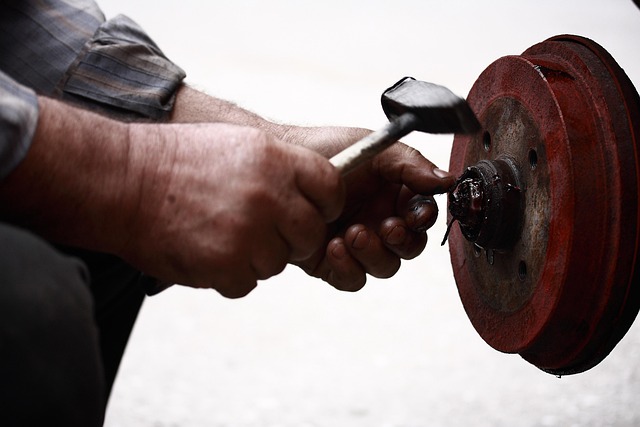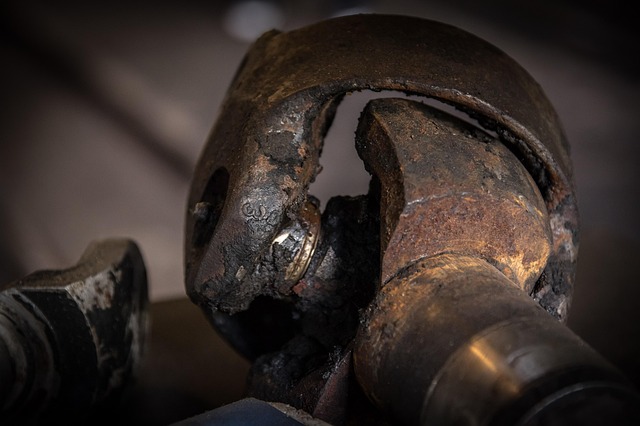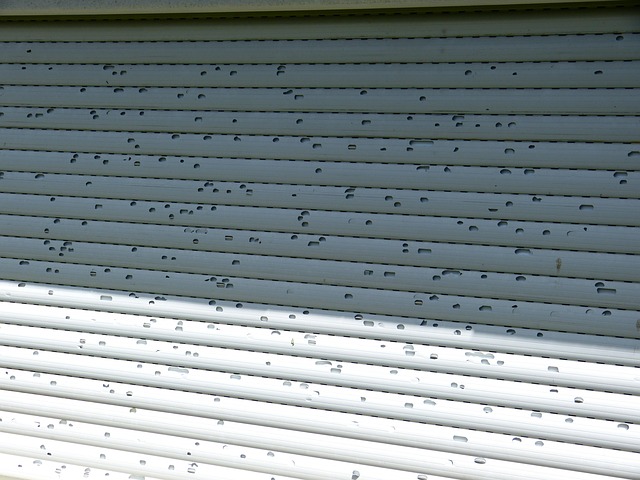The repair approval process is a crucial step for efficient fleet and commercial vehicle maintenance, ensuring safety, quality, and cost-effectiveness. It involves qualified technicians evaluating damage through estimates, photos or scans, with stakeholders like fleet managers, mechanics, and insurance adjusters reviewing repair solutions. This process aligns repairs with budget constraints and operational needs, protecting business interests, minimizing downtime, and enhancing customer satisfaction. Effective communication among these key players is vital for streamlining the repair approval process.
The repair approval process is a critical component of fleet and commercial vehicle maintenance, ensuring repairs are authorized, cost-effective, and aligned with standards. This meticulous process involves several stakeholders—including insurance providers, fleet managers, and repair shops—collaborating to assess damage, prepare estimates, and mutually agree on the scope of work. Understanding this process is paramount for efficient fleet management, as it dictates timely repairs, budget control, and customer satisfaction.
This article breaks down the key aspects, from initial damage reporting to digitalizing approvals, offering insights into best practices and the role of technology in optimizing the repair approval journey.
- Understanding the Repair Approval Process
- – Definition and significance in fleet and commercial repairs
- – Key stakeholders involved
Understanding the Repair Approval Process

The repair approval process is a critical step in ensuring high-quality and cost-effective fleet and commercial vehicle repairs. It involves a thorough evaluation of the damage, often requiring detailed estimates and, in some cases, photographs or scans to document the extent of the work needed. This process is crucial for businesses aiming to maintain their vehicles’ operational efficiency and safety standards.
Understanding this approval mechanism is essential for fleet managers and commercial vehicle owners. It typically begins with an initial assessment by a qualified technician who examines the vehicle, identifies repairs required, and provides an estimate. Subsequent steps may include management review, especially for significant repairs like auto body work or Mercedes Benz repair, to ensure alignment with budget constraints and operational needs. The approval process guarantees that only authorized and necessary car scratch repair procedures are undertaken, preventing unnecessary expenses.
– Definition and significance in fleet and commercial repairs

In the realm of fleet and commercial repairs, the repair approval process is a crucial step that ensures quality, safety, and cost-effectiveness. It involves a systematic evaluation of proposed repair work on vehicles, such as trucks, vans, and specialized equipment. This process is significant because it guards against substandard or inappropriate auto frame repairs, collision repairs, and vehicle repairs, safeguarding both business interests and customer safety. By mandating approval, fleet managers and business owners can maintain control over repair expenditures and ensure their vehicles return to service in top condition.
The repair approval process facilitates a thorough review of repair estimates, work orders, and diagnostic reports. It often involves multiple stakeholders, including fleet managers, mechanics, insurance adjusters, and sometimes, even external experts. This collaborative approach ensures that every aspect of the proposed repair is deemed necessary, efficient, and in line with industry standards. In terms of auto frame repair, collision repair, or any other vehicle repair, this approval serves as a filter, allowing only the most reliable and cost-efficient solutions to move forward, ultimately contributing to smoother operations and reduced downtime for commercial fleets.
– Key stakeholders involved

In the realm of fleet and commercial vehicle repairs, several key stakeholders are integral to the successful execution and management of the repair approval process. At the forefront, fleet managers and owners play a pivotal role in authorizing and overseeing the entire procedure. They evaluate damage reports, assess repair estimates, and approve or reject proposed repairs based on cost and time considerations. These individuals ensure that the vehicles remain operational while adhering to budget constraints.
Additionally, insurance companies and their adjusters are crucial participants. They facilitate the claims process by inspecting damaged vehicles, negotiating repairs with authorized shops, and ensuring compliance with policy terms. Vehicle body shops or collision repair services, as they are commonly known, are responsible for handling the actual repairs. These shops must maintain high standards of workmanship and adhere to safety regulations. Effective communication among these stakeholders is paramount to streamline the repair approval process, ultimately enhancing customer satisfaction and vehicle turnaround times.
The repair approval process plays a pivotal role in ensuring the quality, safety, and cost-effectiveness of fleet and commercial repairs. By involving key stakeholders like manufacturers, insurance providers, and certified technicians, this process guarantees that only authorized and high-quality repairs are conducted. Understanding and adhering to this process can streamline operations, reduce costs, and enhance vehicle lifespan for businesses operating fleets or commercial vehicles.
